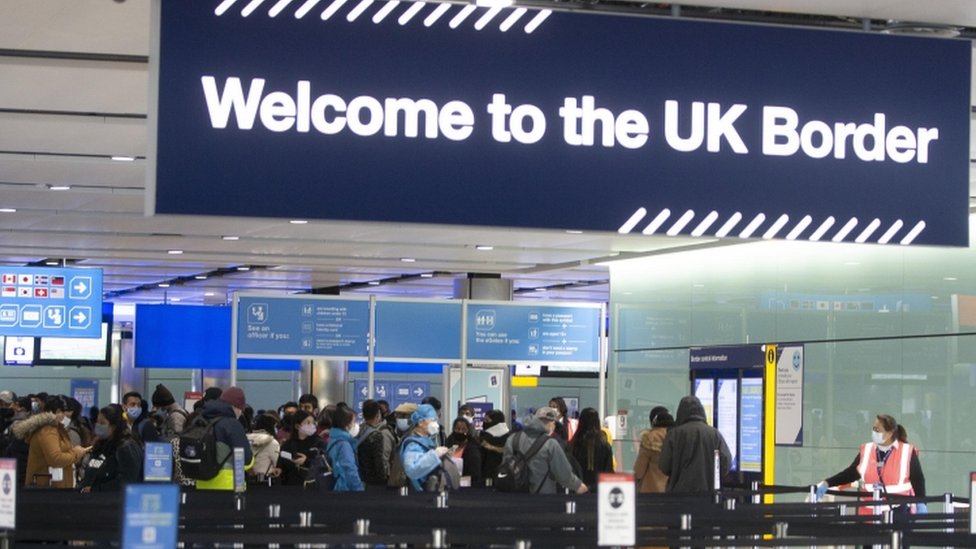Textiles, Garments and Related Trades Not Elsewhere Classified, classified under SOC Code 5419, encompasses a diverse range of skilled craftsmanship vital to the textile and garment industry.
Key Responsibilities Include:
- Marks, Cuts, and Sews: Construct corsets, light clothing, hoods, aprons, and perform repairs on sails, boat covers, and other canvas goods.
- Stuffing and Filling: Fill and stuff cushions, quilts, soft toys, and various items of furniture.
- Pattern Creation: Examine sketches and draw out patterns for the manufacture of garments and upholstery.
- Fabric Production: Set up and operate power and hand looms and machines to weave fibers into fabrics and carpets.
- Knitting: Knit garments and other articles from yarn by machine or by hand.
- Shaping Fabrics: Shape and steam fabric into hats or hoods and provide the final shaping to fiber helmets and felt hats.
- Additional Tasks: Perform other related tasks not elsewhere classified, such as forming mounts for wigs, making buttons, shaping hat brims, and stapling seams of industrial gloves.
The textiles sector remains a crucial part of the UK's creative industries, with increasing demand for skilled professionals. This guide is designed to assist HR professionals in navigating the hiring and sponsoring process for individuals in this vital role under the UK’s immigration system.
What is SOC Code 3411 for Textiles; garments and related trades not elsewhere classified?
SOC Code 5419 refers to professionals in the textiles, garments, and related trades who are involved in creating, repairing, and manufacturing various textile goods. Their responsibilities can include:
- Marks out, cuts, and sews garments: Designing and constructing corsets, light clothing, hoods, and aprons.
- Manufactures and repairs canvas goods: Creating and maintaining sails, boat covers, and other canvas items.
- Fills and stuffs various items: Producing cushions, quilts, soft toys, and upholstered furniture.
- Examines designs and creates patterns: Drawing out patterns for garment manufacturing and upholstery.
- Operates weaving machinery: Setting up and using power and hand looms to weave fibers into fabrics and carpets.
- Knits articles: Creating garments and other items from yarn using machine or hand knitting techniques.
- Shapes and steams fabrics: Molding fabric into hats or hoods and finalizing the shape of fiber helmets and felt hats.
- Performs miscellaneous textile tasks: This includes making mounts for wigs, crafting buttons, shaping hat brims, and stapling seams of industrial gloves.
Professionals in this field play a vital role in the textile industry, contributing to the production of essential and decorative items while ensuring quality and craftsmanship.
Eligibility to Hire Textiles; garments and related trades not elsewhere classified (SOC Code 3411)
1. Job Requirements
Candidates seeking to work in the textiles; garments and related trades must showcase their skills and meet specific qualifications. These may include:
- Portfolio of work: A collection of completed textile projects that demonstrate craftsmanship, innovation, and attention to detail.
- Experience in textile construction: Proven experience in making and repairing corsets, clothing, sails, and other canvas goods is essential.
- Pattern-making skills: Ability to examine sketches and draw out patterns accurately for garment and upholstery production.
- Machinery proficiency: Expertise in setting up and operating power and hand looms, as well as sewing machines used for weaving fabrics and carpets.
- Knitting and shaping skills: Competence in knitting garments and other items from yarn, as well as shaping and steaming fabric for hats and helmets.
- Additional capabilities: Familiarity with forming mounts for wigs, crafting buttons, shaping hat brims, and stapling seams of industrial gloves.
Candidates must ensure their experience and work align with the SOC Code 5419 and meet the requirements for relevant roles in the textiles industry.
- Salary Thresholds
- Use the Minimum Salary Calculator to ensure your salary offer meets immigration requirements.
Sponsoring Textiles; garments and related trades not elsewhere classified: A Step-by-Step Guide for HR Professionals
Once you’ve confirmed that the role and candidate meet the eligibility requirements, follow this step-by-step guide to sponsoring Textiles; garments and related trades not elsewhere classified under SOC Code 5419.
Step 1: Obtain a Sponsor Licence
Before hiring non-UK Textiles; garments and related trades not elsewhere classified, your company or institution must obtain a sponsor licence. This licence enables you to legally sponsor overseas Textiles; garments and related trades not elsewhere classified under the Skilled Worker Visa program.
- Sponsor Licence Application: Submit documentation proving that your business is legitimate and has a genuine vacancy. Visit the sponsor licence application guide for more information.
- Sponsor Licence Fees: Small businesses typically pay £574, while larger institutions pay £1,579. For more information, visit the sponsor licence fees guide.
- Processing Time: Applications typically take up to 8 weeks, but using the Sponsor Licence Priority Service can reduce the processing time to 10 working days.
Once your sponsor licence is approved, you will receive a sponsor licence number, which allows you to assign Certificates of Sponsorship (CoS).
Step 2: Assign a Certificate of Sponsorship (CoS)
Once you have your sponsor licence, the next step is to assign a CoS to the Textiles; garments and related trades not elsewhere classified. This document provides key details about the job and the individual being sponsored.
- Defined vs Undefined CoS: Use a Defined CoS for Textiles; garments and related trades not elsewhere classified applying from outside the UK, and an Undefined CoS for those already in the UK. Learn more in the Defined & Undefined Certificates of Sponsorship guide.
- Required Documents: Provide details such as the Textiles; garments and related trades not elsewhere classified’s portfolio, passport and job offer. Refer to Documents Required for Certificate of Sponsorship for a full list of necessary documents.
Step 3: Apply for the Skilled Worker Visa
Once the CoS is issued, the Textiles; garments and related trades not elsewhere classified can apply for the Skilled Worker Visa.
- Visa Fees: Fees vary depending on the role and visa length—use the visa fees calculator to estimate the costs.
- Immigration Skills Charge: Employers are required to pay this charge as part of sponsoring non-UK workers. This is separate from visa fees.
Conducting a Right to Work Check for Textiles; garments and related trades not elsewhere classified
Before the Textiles; garments and related trades not elsewhere classified begins working, you must conduct a right to work check to ensure they are legally allowed to work in the UK.
- Manual Right to Work Check: Verify original documents such as the Textiles; garments and related trades not elsewhere classified’s passport and visa.
- Online Right to Work Check: If the Textiles; garments and related trades not elsewhere classified holds an eVisa, you can use the UK government’s online system to verify their right-to-work status.
For more details on how to perform these checks, see the right to work check guide.
Post-Hiring Responsibilities and Compliance
- Record-Keeping and Reporting
- Record-Keeping: Maintain accurate and up-to-date records of the Textiles; garments and related trades not elsewhere classified’s employment details, salary and contact information.
- Reporting Changes: Report any significant changes to the Textiles; garments and related trades not elsewhere classified’s role—such as promotions or salary increases—via the Sponsor Management System (SMS).
- Sponsor Licence Duties and Compliance
- Failure to comply with your sponsor licence duties can result in penalties or sponsor licence revocation, impacting your ability to sponsor future Textiles; garments and related trades not elsewhere classifieds.
How Borderless Can Help with Sponsoring Textiles; garments and related trades not elsewhere classified
Sponsoring Textiles; garments and related trades not elsewhere classified under SOC Code 5419 can be a complex process, but Borderless can simplify it for you. We offer comprehensive support to help you manage the entire sponsorship process.
End-to-End Sponsorship Support
At Borderless, we assist with:
- Sponsor Licence Application: Guiding you through the application process and ensuring all required documents are submitted correctly.
- Certificate of Sponsorship Assignment: Streamlining the CoS process to make hiring easier.
- Compliance Management: Helping you stay compliant with immigration laws to avoid penalties.
If you need assistance with hiring or sponsoring Textiles; garments and related trades not elsewhere classified, get in touch for personalised support.
Conclusion
Hiring and sponsoring Textiles; garments and related trades not elsewhere classified under SOC Code 5419 can be a rewarding way to enrich the cultural landscape of your organisation. By following the steps outlined in this guide, you can successfully navigate the sponsorship process while ensuring compliance with UK immigration laws.
For further guidance, Borderless is ready to assist you with all your sponsorship needs. Contact us for expert advice.
Automate Home Office Audits with Borderless
The Borderless platform provides a centralized system for all sponsorships, automating reminders for key tasks and ensuring best practices across your organization, simplifying audit preparation and ongoing compliance.






